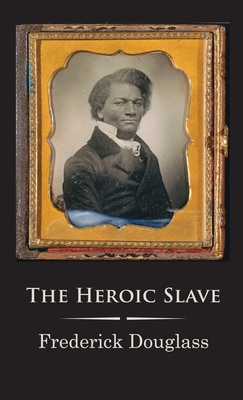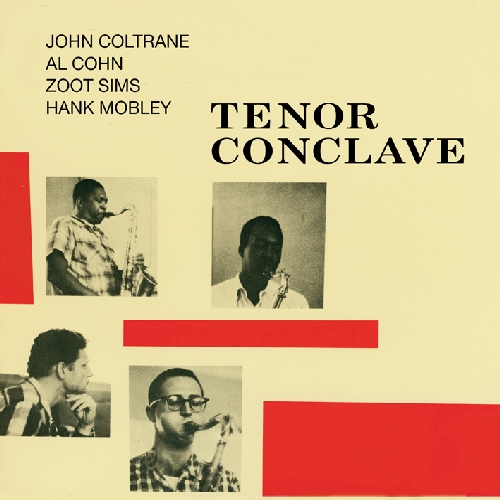
description
on the real-life heroism of Madison Washington, who led the largest successful slave revolt in U.S. history in 1841. His story is told through the eyes and words of two white men. First, Mr. Listwell from Ohio sees Madison enslaved in Virginia, then a fugitive in Ohio, and finally a recaptured returnee bound from Richmond to the slave markets of New Orleans. Lastly, Tom Grant, the mate on the slave transport Creole, describes the ship's takeover by its human cargo and its passage to the British Bahamas, where 128 men and women stepped out of bondage and into freedom. Douglass contributed the story in 1853 to a book of collected pieces by anti-slavery writers and reformers. It is his only known work of "fiction," and it is interesting especially for its prismatic point of view: a black writer's account of white men describing a black hero. What makes a person heroic? And what possibilities for heroism even exist under slavery-for whites or blacks? Could they act together to lift the the great national curse? The work is brief, dramatic, and compelling, showing the gift for expression that made Douglass such a powerful figure on the anti-slavery platform.
member goods
No member items were found under this heading.
Return Policy
All sales are final
Shipping
No special shipping considerations available.
Shipping fees determined at checkout.







